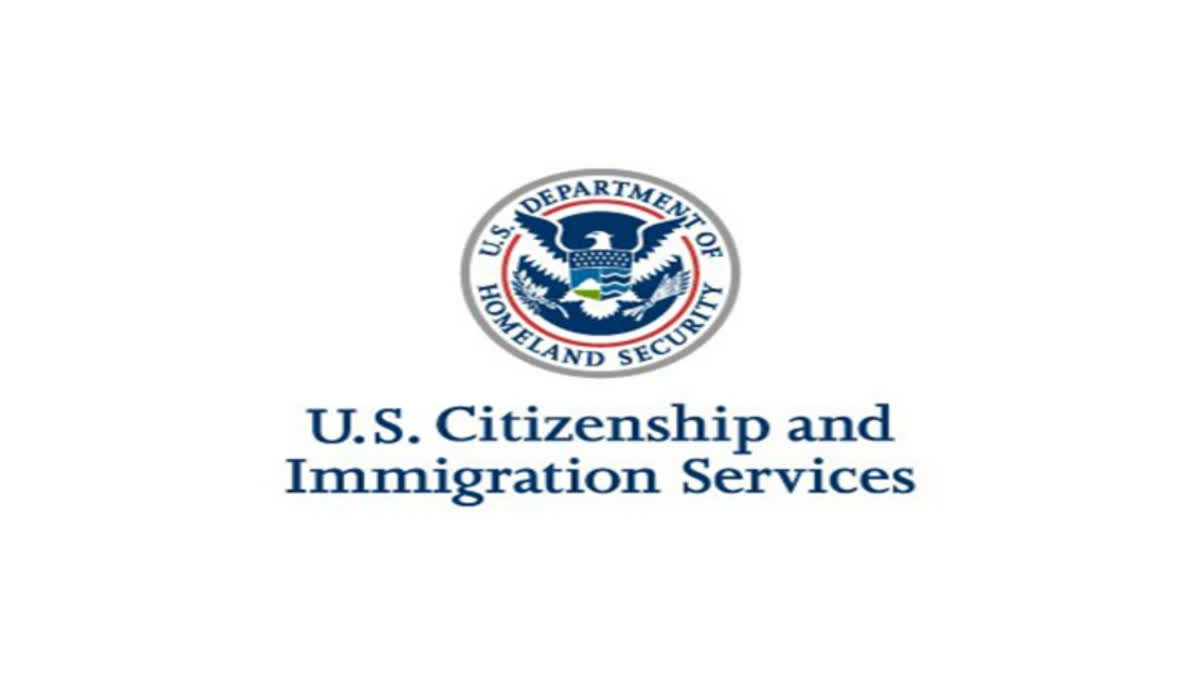Washington (US): In a move to fortify the integrity of the H-1B registration process and mitigate fraud risks, the US Citizenship and Immigration Services (USCIS) has announced a final rule for the fiscal year 2025 (FY 2025) H-1B cap. The rule introduces a beneficiary-centric selection process, ensuring fairness and equal opportunities for all beneficiaries, regardless of the number of registrations submitted on their behalf.
Registrations will now be selected based on unique beneficiaries, reducing the potential for fraud and ensuring equal chances of selection. Beginning with the FY 2025 initial registration period, USCIS will mandate registrants to provide valid passport information or valid travel document information for each beneficiary.
The final rule clarifies requirements regarding the requested employment start date on certain petitions subject to the H-1B cap, allowing filing with requested start dates after October 1 of the relevant fiscal year. The rule codifies USCIS' ability to deny or revoke H-1B petitions if the registration contains false attestation or is otherwise invalid.
USCIS has also announced a Fee Schedule final rule, effective after the initial registration period for FY 2025 H-1B cap. The initial registration period for the FY 2025 H-1B cap will open on March 6, 2024, and run through March 22, 2024. USCIS will launch organisational accounts on February 28, 2024, allowing collaboration on H-1B registrations, petitions, and associated forms. Online filing of Form I-129 and Form I-907 for non-cap H-1B petitions will also commence on the same date.
While petitioners can continue to file paper Form I-129 H-1B petitions, online filing options will be available starting April 1, 2024. USCIS Director Ur M Jaddou stated, "The improvements in these areas should make H-1B selections more equitable for petitioners and beneficiaries and will allow for the H-1B process to be fully electronic from registration until final decision." These reforms aim to enhance the overall H-1B programme, making it more transparent, efficient, and resistant to fraudulent activities.
Read More



